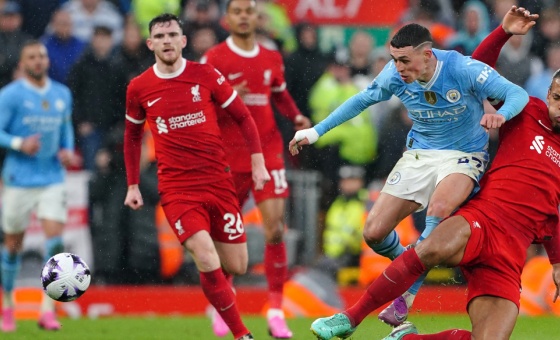This is the last article you can read this month
You can read more article this month
You can read more articles this month
Sorry your limit is up for this month
Reset on:
Please help support the Morning Star by subscribing here
“Earth is the cradle of humanity, but one cannot remain in the cradle forever.”
If you’re a child of the space race who grew up in the West, a visit to the Science Museum’s Cosmonauts exhibition is both familiar and otherworldly. There it all is again, the wonder and the strangeness, the future dreams and the celebratory propaganda. But there’s no Neil Armstrong or space shuttle this time — it’s the triumphs of Russia that are heralded, the country’s long love affair with the cosmos laid out brilliantly.
Intelligently curated and with some genuinely stunning items — yes, that burnt-out tin can really was home to the first woman in space — the twin narratives of imagination and ingenuity are almost difficult to grasp in our current, drearier age. And Russia still leads: with the demise of the shuttle program, dwellers of the International Space Station rely on the Soyuz vehicle to return them to Earth.
Most creditworthy is how the exhibition does not shirk from context. The Russians didn’t wake up one morning and suddenly decide space was the place — there was a longstanding yearning that manifested itself in fantastical fiction, utopian cults and early fumblings at what socialism might be able to achieve.
So we’re greeted by a 1921 painting by Konstantin Yuon called New Planet, a symbolic attept to represent the October Revolution with the giddying, colourful birth of a literal new world. We also see the Flying City of Georgii Krutikov, an architecture student’s graduation thesis from 1928. It’s a vision of atomic-powered communes in the sky, a staggering thing to conceive during the privations of the first five-year plan. If a revolution could happen on earth, why shouldn’t it lead to a perfect society among the stars?
There’s also the key role played by tinkerer and dreamer extraordinaire Konstantin Tsiolkovsky, whose quote opens this column. A provincial schoolteacher, and almost entirely deaf (his huge, self-designed ear trumpet is on display), his early sketches and musings on space travel include ideas on escape velocity, mutistage rockets and space stations. We see his sketches of space walks and space stations for a 1930s film called Cosmic Voyage. A few steps further through the exhibition, we see his dreams realised in all their physical glory.
A lot of this was down to Sergei Korolev, who recovered from time spent in the Gulag during the Great Purge to lead the Soviet rocket design and space exploration program. We see his prison possessions and hat, and consider the privations he faced.
And then we’re in to the hardware. And what a story. The first satellite in space, the first animal, the first man and woman, the first spacewalk, the first space station.
Laika was the first dog in space — maybe she’s still living there now, on a Martian space-dog commune. Nope, she died in space when her oxygen ran out — a fact that doesn’t stop soft toy Laikas in cute space dog suits being on sale in the gift shop. But her death paved the way so future dogs — and, later, humans — could make the same journey and return safely to Earth.
There’s first man Yuri Gagarin, of course, captured for exhibition purposes in idealised posters, paintings, souvenirs, and the number plate from his Rolls Royce trip around England (meeting the Queen, not a noted communist) as part of his triumphant world tour.
But it’s more breathtaking to see the actual capsule of Vostok 6, which took Valentina Tereshkova, factory worker and amateur skydiver — the first woman and indeed the first civilian into space. That this singed metal ball survived the trip to space seems miraculous. How did this return to Earth intact? In no small part to the skill of its cosmonaut, who realised there were errors with the flight programme and telegraphed back vital corrections. “My lovely one,” as Tereshkova called the capsule just last month. “My best and most beautiful friend — my best and most beautiful man.”
Even more shocking is the next room, when we see the vehicles and landers of the doomed Soviet manned moon mission. Entirely mothballed after Neil Armstrong’s visit, the scientists instead returned to Tsiolkovsky’s dream — the question of how we can live in space.
The exhibition, like the spirit of the pioneers and dreamers who made it all possible, is a cosmic triumph. Get down if you can.
Until March 13 2016.










